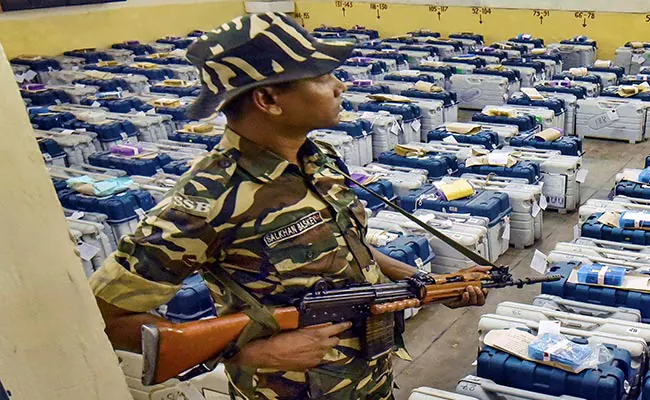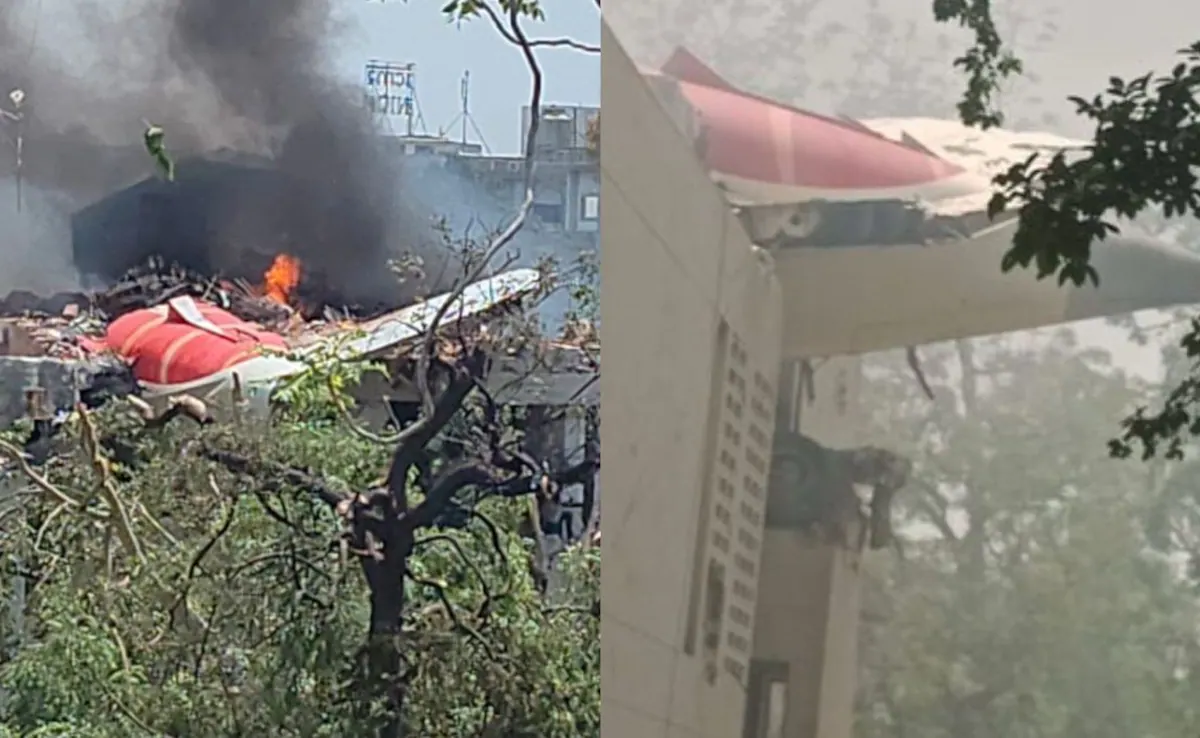Explained: Supreme Court’s 3rd Order On Voting Process Recommends Big Change
Lok Sabha Election 2024: Today's landmark judgment was the third time the top court had issued direction to the Election Commission -- another constitutional body -- to make the election process and the EVM machines worthy of voters' confidence.

The Supreme Court’s massive vote of confidence to EVM machines today also came with a precautionary measure — the sealing of a crucial part of VVPAT machines and enabling the first and second runners-up in an election to challenge the outcome without a lengthy legal process. The landmark judgment was the third time the top court had issued direction to the Election Commission — another constitutional body — to make the election process and the EVM machines worthy of voters’ confidence.
Twice earlier, the Supreme Court had issued orders to strengthen the integrity of the election process — once in 2013 when it made the installation of VVPAT (Voter-Verified Paper Audit Trail) machines mandatory and in 2019 when it made tallying of VVPAT slips mandatory in five polling booths in each assembly constituency.
In the judgment, Justices Sanjiv Khanna and Dipankar Dutta, while enumerating the multiple benefits of EVMs, suggested the shortcuts that would ensure a free and fair election process.
“The use of EVMs in elections in India are not without its checks and balances… Not became we have any doubt, but to only further strengthen the integrity of the election process, we are inclined to issue the (two) directions,” the court said.
One direction is that after the completion of symbol loading process, the Symbol Loading Unit should be sealed. The unit will be stored for at least a period of 45 days.
In case of any doubt after the declaration of results, the first and second runner-up candidates can request that the soundness of the EVMs concerned be checked. Provided the request is filed within seven days of declaration of results, the burnt memory in the micro-controller EVM will be checked by a team of engineers.
This enables the candidates to have their doubts checked within the shortest possible time without going to court. Earlier this check could only be done within 45 days after a court order.
In its order today, the court while issuing stern comments about petitioners, also elaborated on why EVMs are perfect for a massive nation like India and reintroducing ballot papers would be a regressive step.
The weakness of the ballot paper system is “well known and documented,” the judges said in separate but concurrent judgments.
“EVMs offer significant advantages. They have effectively eliminated booth capturing by restricting the rate of vote casting to four votes per minute, thereby prolonging the time needed and thus checking insertion of bogus votes,” the judges said.
EVMs have also eliminated invalid votes, which were a major issue with paper ballots and had often sparked disputes during the counting process, the court said.
EVMs also reduce paper usage, thereby removing logistical challenges. They also provide administrative convenience by expediting the counting process and minimizing errors. “An overcomplex voting system may engender doubt and uncertainty, thereby easing the chances of manipulation. In our considered opinion, the EVMs are simple, secure and user-friendly,” the court added.
“The exercise of tallying 5 per cent VVPAT slips with votes cast by the electors has not, till date, resulted in any mismatch. This assertion of the ECI has not been proved to be incorrect by the petitioners by referring to any credible material or data… Reverting to the paper ballot system, rejecting inevitable march of technological advancement, and burdening the ECT with the onerous task of 100% VVPAT slips tallying would be a folly when the challenges faced in conducting the elections are of such gargantuan scale,” the judges added.




